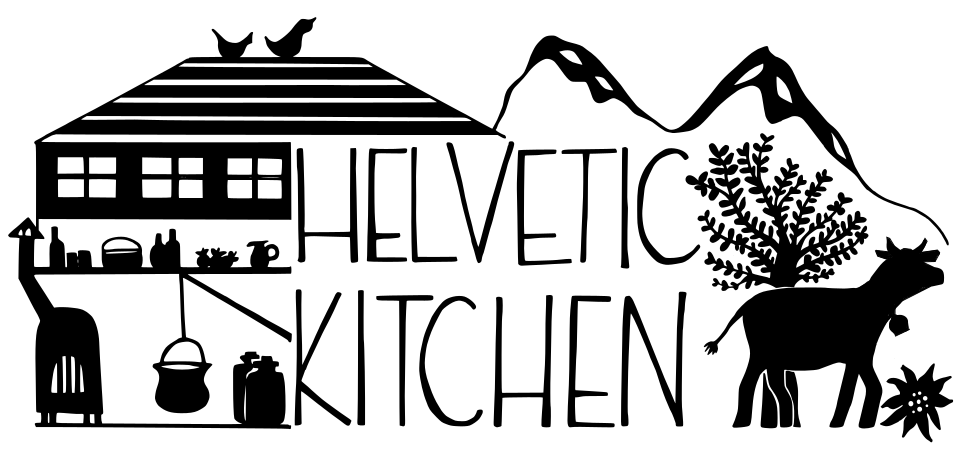Cervelat
Switzerland's favourite sausage is a heady mix of beef, pork and pork rind, bacon and seasonings, stuffed with ice (to help binding) into oxen intestines, smoked and then boiled. Or a similar mixture of the sort. According to the Kulinarisches Erbe, the name probably comes from the Latin cerebellum (which later becomes cervelle in French or cervello in Italian), as historically it contained pork brains.
Who cares what's in it, it's delicious!
Although cow intestine was traditionally used to make cervelat, due to production advantages many Swiss manufacturers eventually switched to zebu, a type of cattle from Brazil.
But when the EU cracked down on foreign imports of cattle due to the threat of mad cow disease in 2008, zebu was on the banned list. Switzerland isn’t in the EU, but it is beholden to many of the Europe-wide food regulations, and soon stockpiles of zebu stomach were running low.
Panic swept the country.
Diplomats petitioned the EU in Brussels for an exception for the zebu, and Swiss veterinarians flew to Brazil to see if they could prove that the casing didn't transmit the disease.
It was a sausage crisis so great that even the New York Times reported on it.
Cervelat is technically already cooked, so it can be used right out of the package. Often it is the base of Wurstsalat (a 'salad' of cold sausage with a creamy sauce, often containing cheese and sometimes pickles or tomatoes), or eaten alone as a snack. However, its most beloved position is on the grill or over an open fire.
It's well known that all Swiss children spent some part of their childhood in the woods, fashioning branches into pointy sticks with their Victorinoxes, so they could spear their cervelat, cut the ends in crosses and grill them until the tips splayed out.
Find out more at the Kulinarisches Erbe, or here (because of course there is a sausage wiki...)
Wurstsalat
Arbeiter Cordon Bleu









